By Ted Maro
Last winter was an exceptionally dry one when it comes to snow amounts. It was a great winter for the non snow lover. On the other hand, the lack of snow, cold temperatures, windy and bright sunny days caused a great deal of winter damage to plants.
Some of our customers who had planted boxwood, inkberry, arborvitae, hemlock, pine, spruce and yew noticed in the spring that the plant’s foliage had turned brown or had no color at all. The browning or bleaching of evergreen foliage is known as winter burn. This is caused by the excessive water loss from the foliage due to the effects of the winter sun and the cold wind. Since the ground is frozen, the root system of the plant is unable to replace the lost water. The result is dehydration of the plant tissue; in general, the plant is loosing moisture it has stored for the upcoming months. To help minimize the damage winter burn causes, evergreens need to be watered weekly until the ground freezes. A well watered evergreen is less likely to go into winter, stressed for lack of moisture.
Evergreens located on the south, southwest and the northeast (prevailing wind) side of the landscape can be damaged by winter burn. To minimize winter injury to small growing evergreens place pine or spruce boughs over the plant to protect it from the sun and wind. Anti-desiccant and anti-transpirant sprays are additional methods of avoiding loss of plant moisture. The sprays can be applied at 50 degrees or warmer and are allowed to dry on the plant if freezing overnight or daytime temperatures are forecast. The sprays last up to eight weeks.
Shorter evergreens can also be wrapped with burlap to reduce the possibility of winter burn. The taller evergreens can be protected by installing a burlap barrier on the south to southwest side of the plant. Both the burlap and the anti-desiccant can be used on the same plant.
Evergreens that have been damaged by winter burn should be pruned in mid spring. Brown or bleached foliage should be removed. The buds on the remaining stem, which are more cold hardy then the foliage, will often grow and fill in the areas where the damaged foliage had been removed. Follow this with fertilizing the injured plants in early spring and water them throughout the growing season.



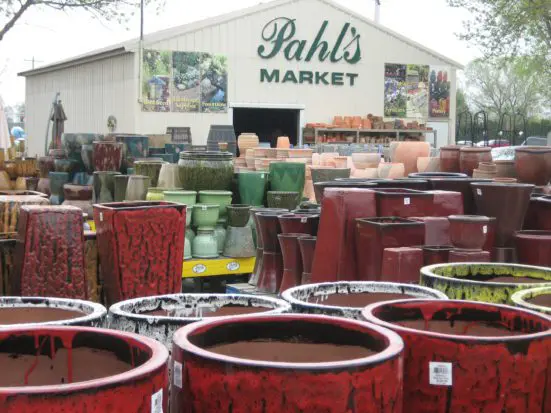




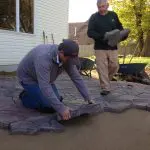

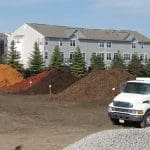

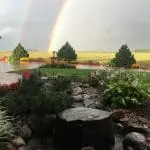




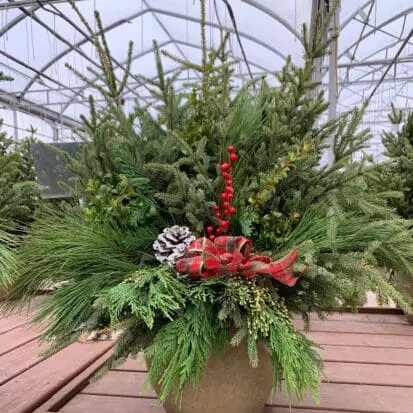

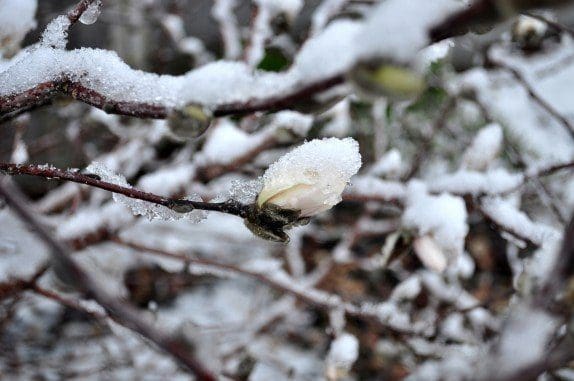
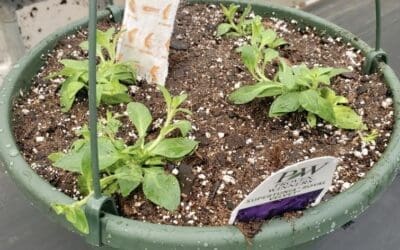
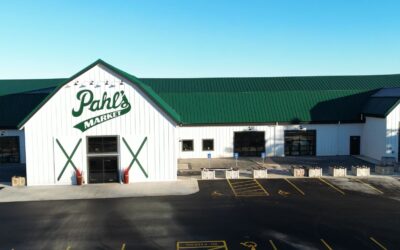

If I cover my Pom Pom tree with burlap will it help survive over the winter?
Hi Colleen, thanks for your question. Yes, covering your Pom Pom tree with burlap will help protect it from winter burn if it is planted in a sunny, windy area.